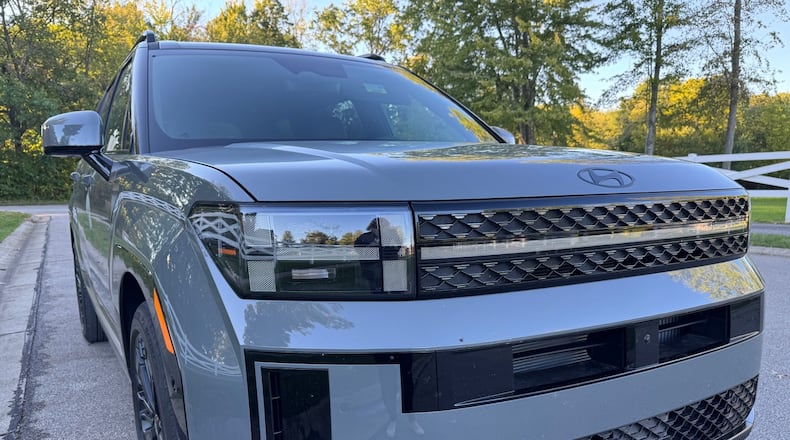AEB uses forward-facing cameras and other sensors to automatically tell the car to apply the brakes when a crash is imminent. Most new vehicles are equipped with AEB, but earlier this year, the National Highway Traffic Safety Administration (NHTSA) issued a new Federal Motor Vehicle Safety Standard (FMVSS) requiring automakers to include AEB in their vehicles by 2029.
AAA’s research began testing AEB in 2014 and the advancements by automakers are commendable and promising in improving driver safety. But there was still significant work ahead to ensure full compliance with NHTSA’s newest regulation that takes effect in 2029.
Over the last decade, AAA has evaluated various advanced driver assistance systems, including AEB, to determine if the technology performs as expected. While these systems continue to be refined with upgraded software and sensors, AAA wanted to see if AEB functionality has improved when compared to older versions.
The results
New model vehicles (2024) were nearly twice as likely to avoid a collision as older model vehicles (2017 – 2018) when tested at speeds up to 35 mph, which aligns with current safety standards requiring AEB to work up to this same speed.
Based on these results, the progression of AEB systems in vehicles demonstrates substantial improvement over time. The newest models were capable of avoiding potential collisions altogether at slower speeds. This improvement in AEB technology is a promising development that significantly reduces the risk of collisions on the road. As car manufacturers continue to enhance these systems, can the public expect even higher levels of safety and reliability? AAA will continue to monitor these developments as well as other changes to regulations.
While this is a significant step is traffic safety, AAA still advises drivers to remain engaged in the task of driving.
Kara Hitchens is an AAA Club Alliance spokeswoman who provides monthly columns for this news publication.
Driver advice
- The progression of these systems is improving and performing as intended. Having these systems in your vehicle can help prevent collisions.
- Never rely solely on technology to apply the brakes. AEB systems are not a replacement for an attentive driver.
- Be aware of the limitations of an AEB system and stay engaged while driving. Maintain focus, even when driving vehicles equipped with advanced safety features.
- Engaging in risky driving behaviors such as speeding, texting, driving while drowsy or distracted, or driving under the influence of cannabis or alcohol significantly increases the risk of a collision. Remember to stay alert! Follow speed limits, keep your smartphone out of reach, and only drive when sober.
About the Author

